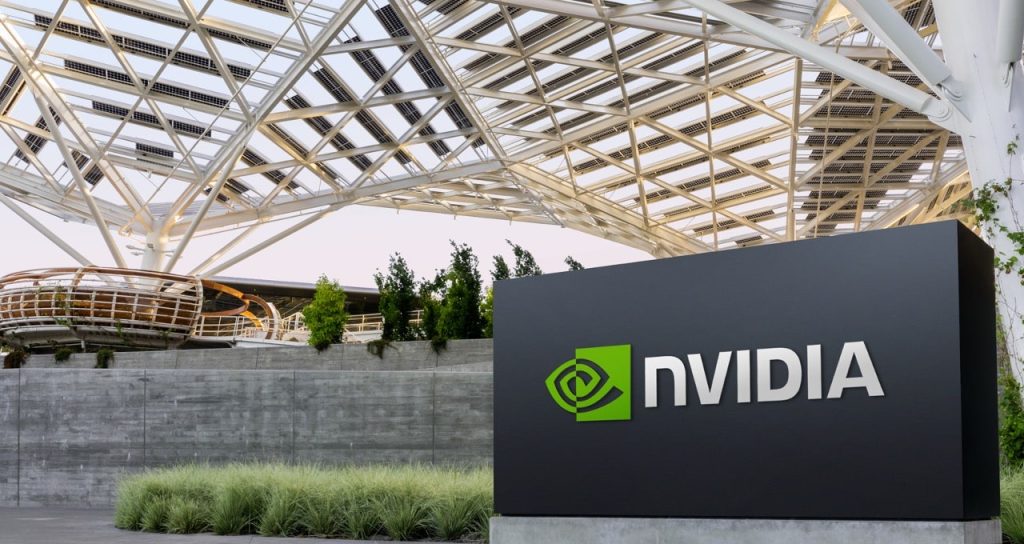
NVIDIA GPUs are at the heart of modern computing. They’re used across industries—from healthcare and finance to scientific research, autonomous systems, and AI infrastructure. NVIDIA GPUs are embedded into CT scanners and MRI machines, DNA sequencers, air traffic RADAR tracking systems, city traffic management systems, self-driving cars, supercomputers, TV broadcasting systems to casino machines and game consoles.
To mitigate the risk of misuse, some pundits and policymakers propose requiring hardware “kill switches” or built-in controls that can remotely disable GPUs without user knowledge and consent. Some suspect they might already exist.
NVIDIA GPUs do not and should not have kill switches and backdoors.
Hard-Coded, Single-Point Controls Are Always a Bad Idea
NVIDIA has been designing processors for over thirty years. Embedding backdoors and kill-switches into chips would be a gift to hackers and hostile actors. It would undermine global digital infrastructure and fracture trust in U.S. technology. Established law wisely requires companies to fix vulnerabilities — not create them.
Until recently, that policy was universally held and beyond question. When security researchers discovered vulnerabilities, such as “Spectre” and “Meltdown” for CPUs, governments and industry responded with speed and unity to eliminate the risk.
That principle still holds. There is no such thing as a “good” secret backdoor — only dangerous vulnerabilities that need to be eliminated. Product security must always be done the right way: through rigorous internal testing, independent validation, and full compliance with global cybersecurity standards. Robust security is built on the principle of “defense in depth”: layering multiple safeguards so that no single point vulnerability can compromise or shutdown a system. For decades, that’s how NVIDIA and American industry promoted innovation while protecting users and growing the economy. This is no time to depart from that winning formula.
Historical Lessons: The Clipper Chip Debacle – a Policy and Technical Failure
The cybersecurity community learned these lessons the hard way during the 1990s with the NSA’s Clipper Chip initiative. Introduced in 1993, the Clipper Chip was designed to provide strong encryption while maintaining government backdoor access through a key escrow system.
The Clipper Chip represented everything wrong with built-in backdoors. Security researchers discovered fundamental flaws in the system that could allow malicious parties to tamper with the software. It created centralized vulnerabilities that could be exploited by adversaries. The mere existence of government backdoors undermined user confidence in the security of systems.
Kill switches and built-in backdoors create single point of failure and violate the fundamental principles of cyber security.
Promote Smart Software Tools, Not Dangerous Hardware Traps
Some point to smartphone features like “find my phone” or “remote wipe” as models for a GPU kill switch. That comparison doesn’t hold water—optional software features, controlled by the user, are not hardware backdoors.
We have always supported open, transparent software that helps customers get the most from their GPU-powered systems—diagnostics, performance monitoring, bug reporting, and timely patching—with the user’s knowledge and consent. That’s responsible, secure computing. It helps our customers excel, and industry stays ahead.
Hardwiring a kill switch into a chip is something entirely different: a permanent flaw beyond user control, and an open invitation for disaster. It’s like buying a car where the dealership keeps a remote control for the parking brake — just in case they decide you shouldn’t be driving. That’s not sound policy. It’s an overreaction that would irreparably harm America’s economic and national security interests.
Hardware Integrity Should Be Nonpartisan and Non-negotiable
For decades, policymakers have championed industry’s efforts to create secure, trustworthy hardware. Governments have many tools to protect nations, consumers and the economy. Deliberately weakening critical infrastructure should never be one of them.
There are no back doors in NVIDIA chips. No kill switches. No spyware. That’s not how trustworthy systems are built—and never will be.


